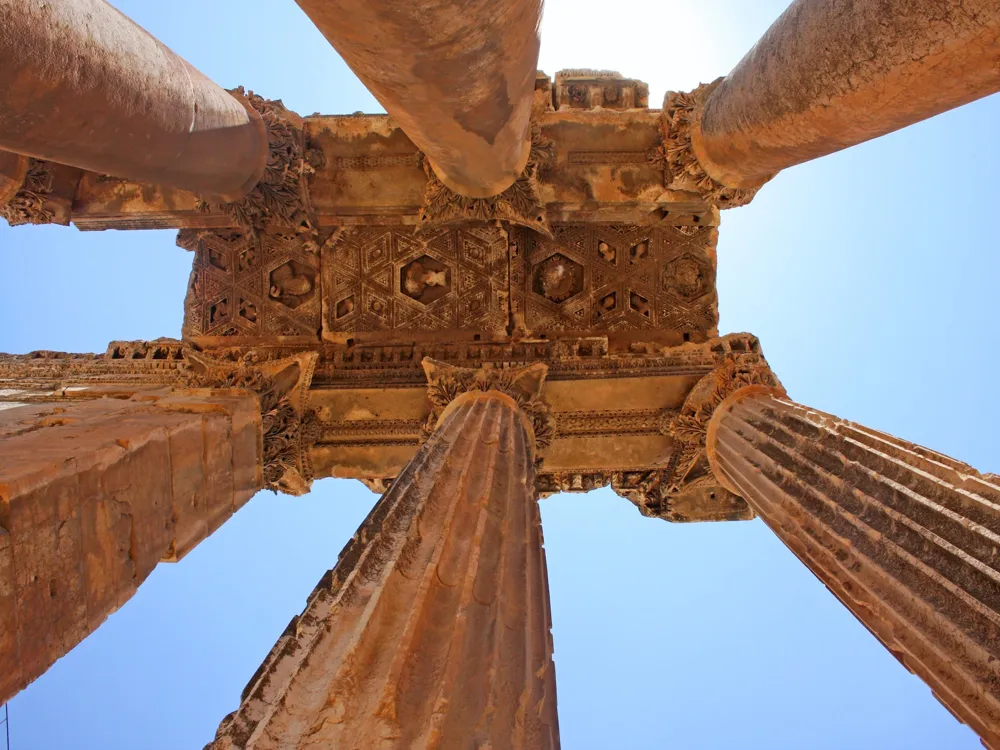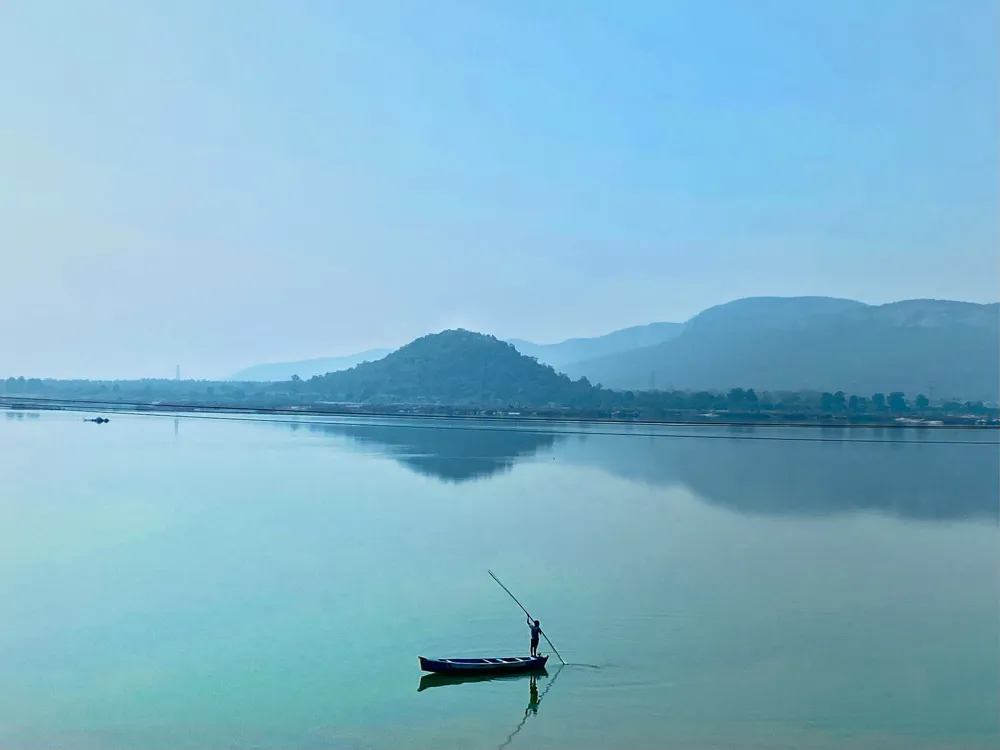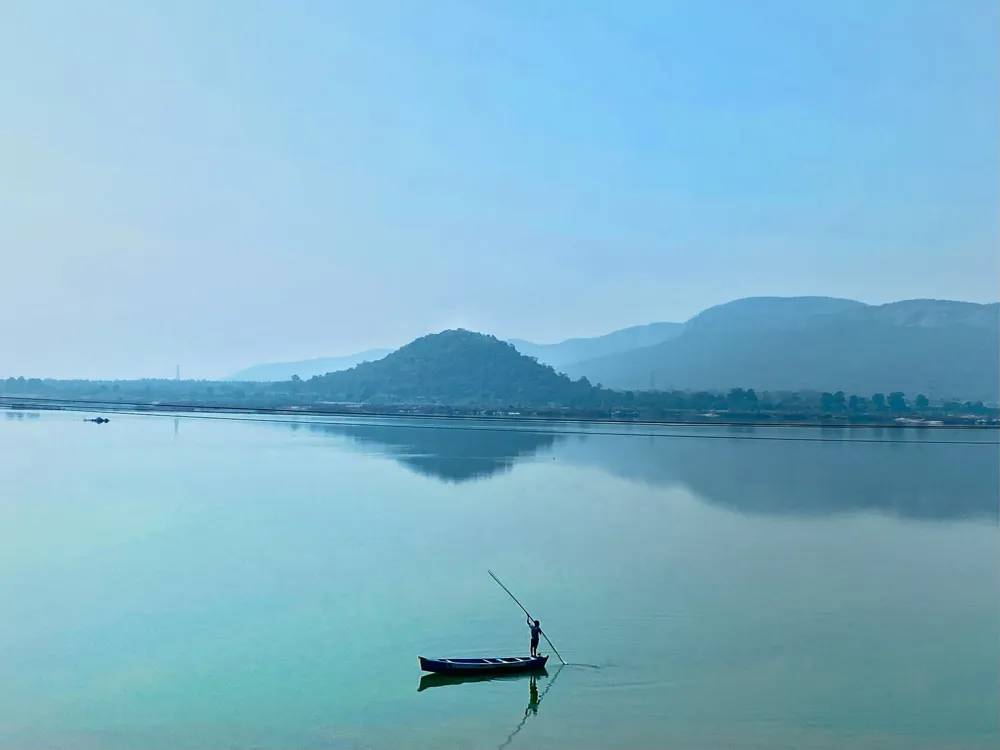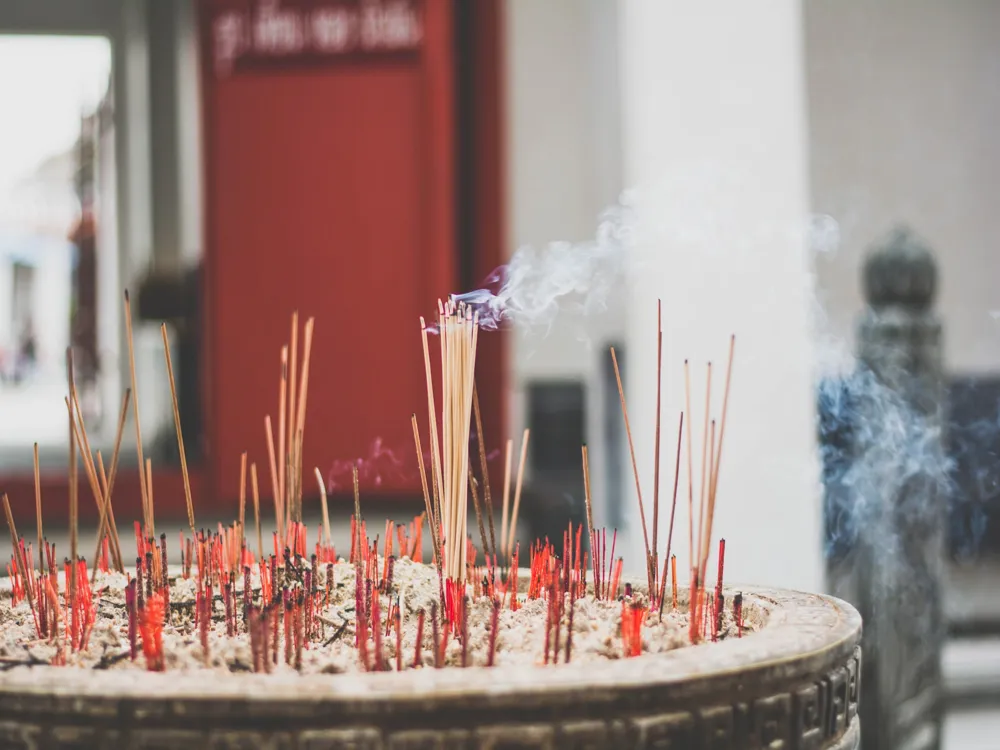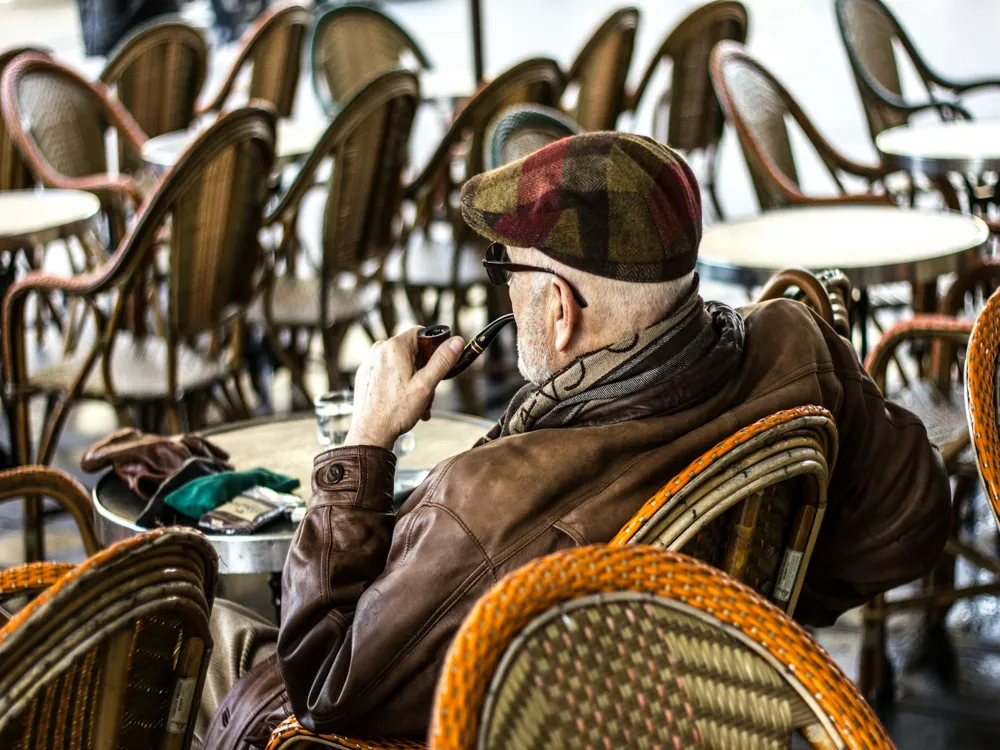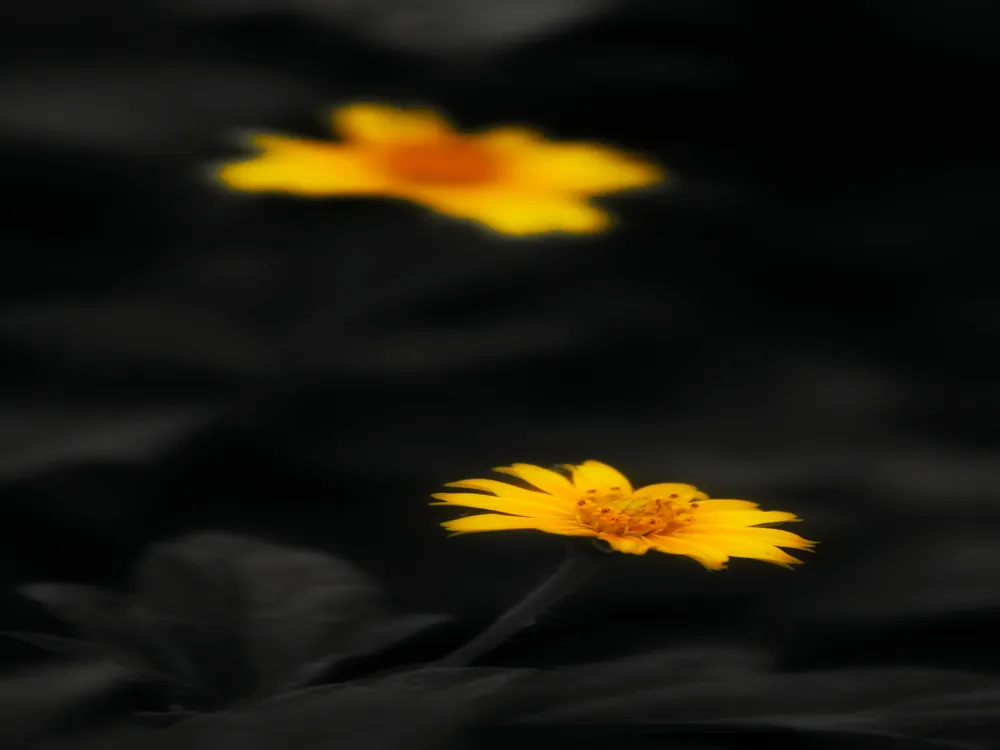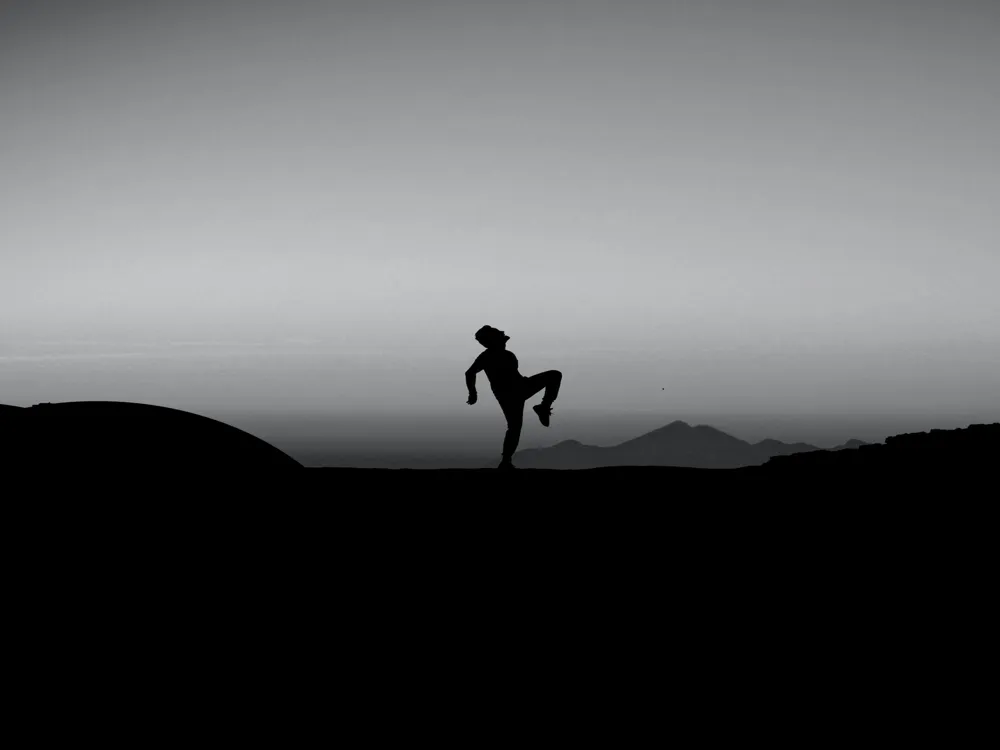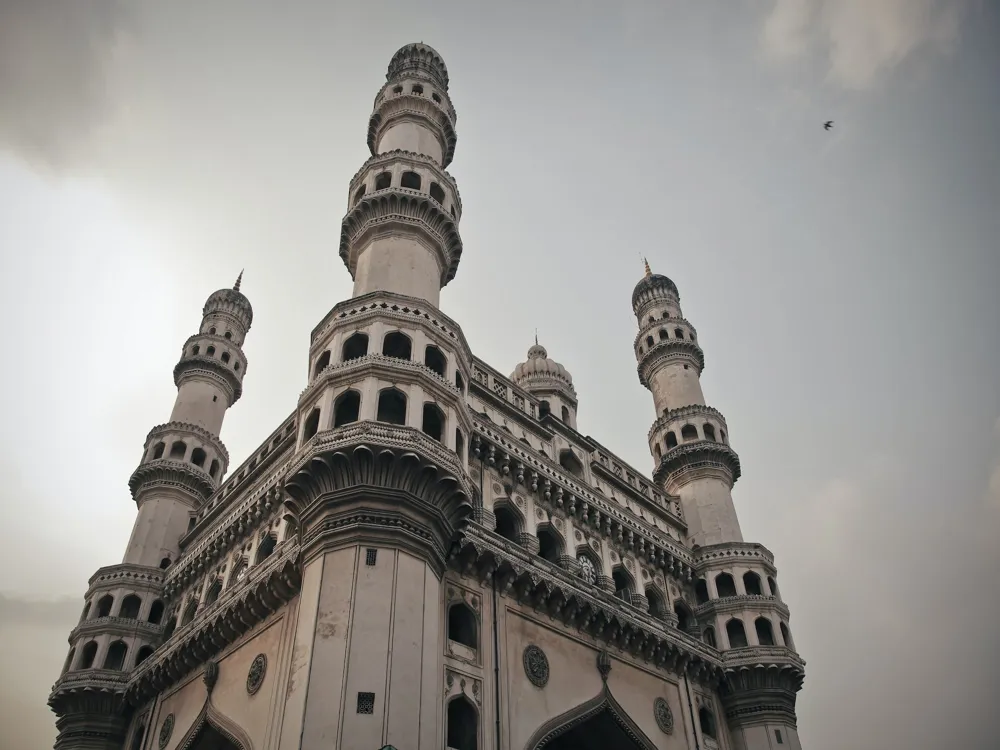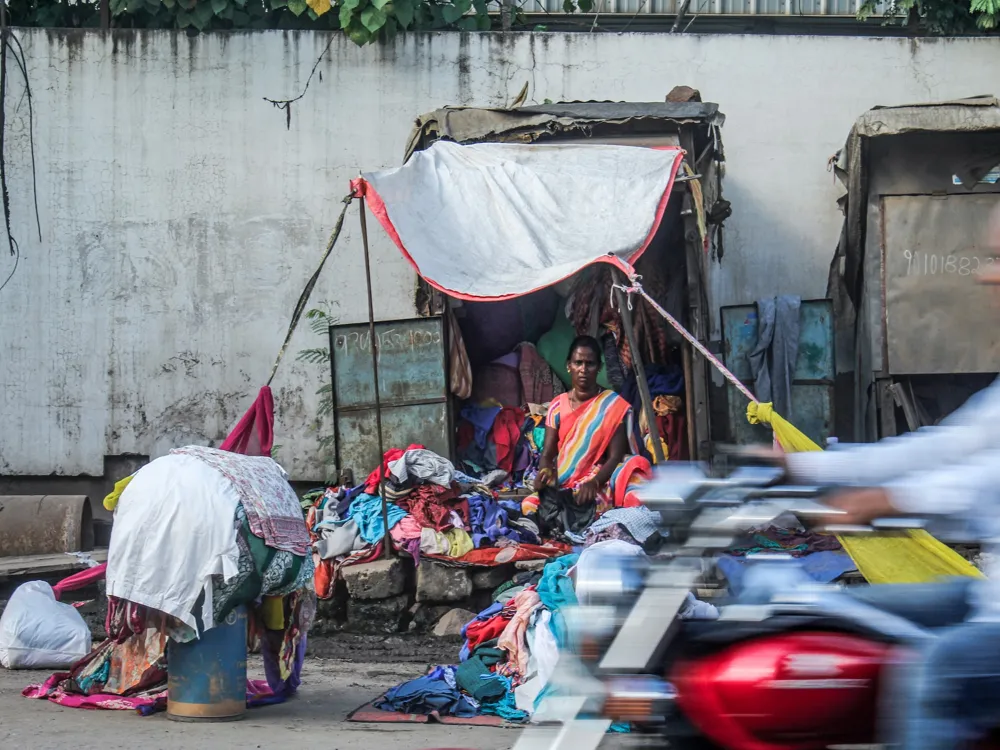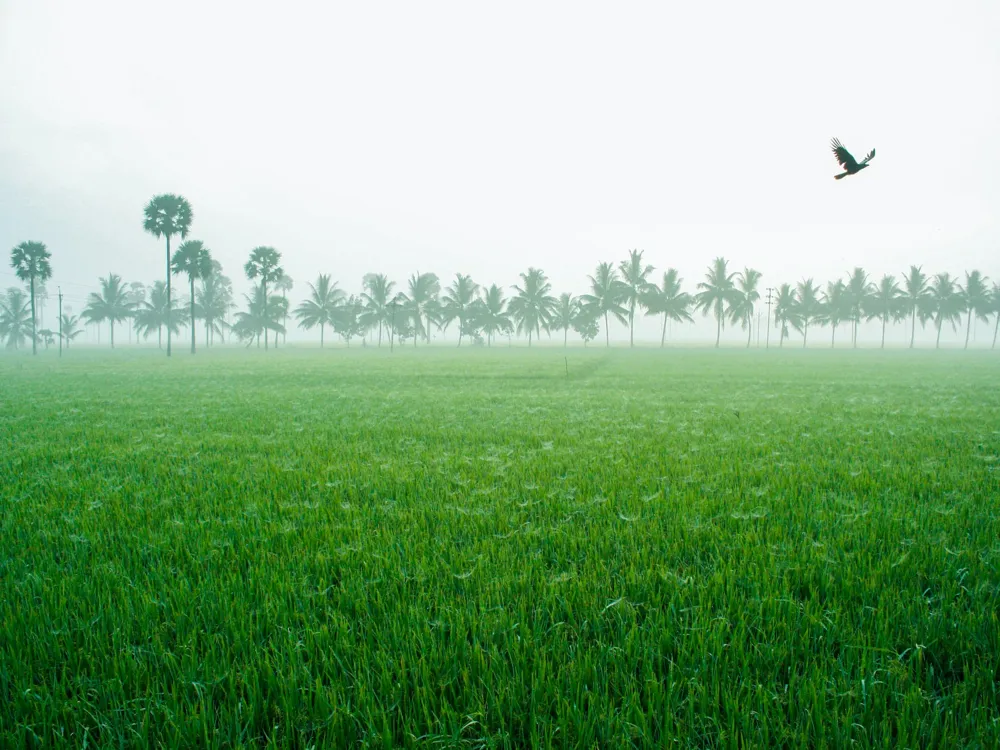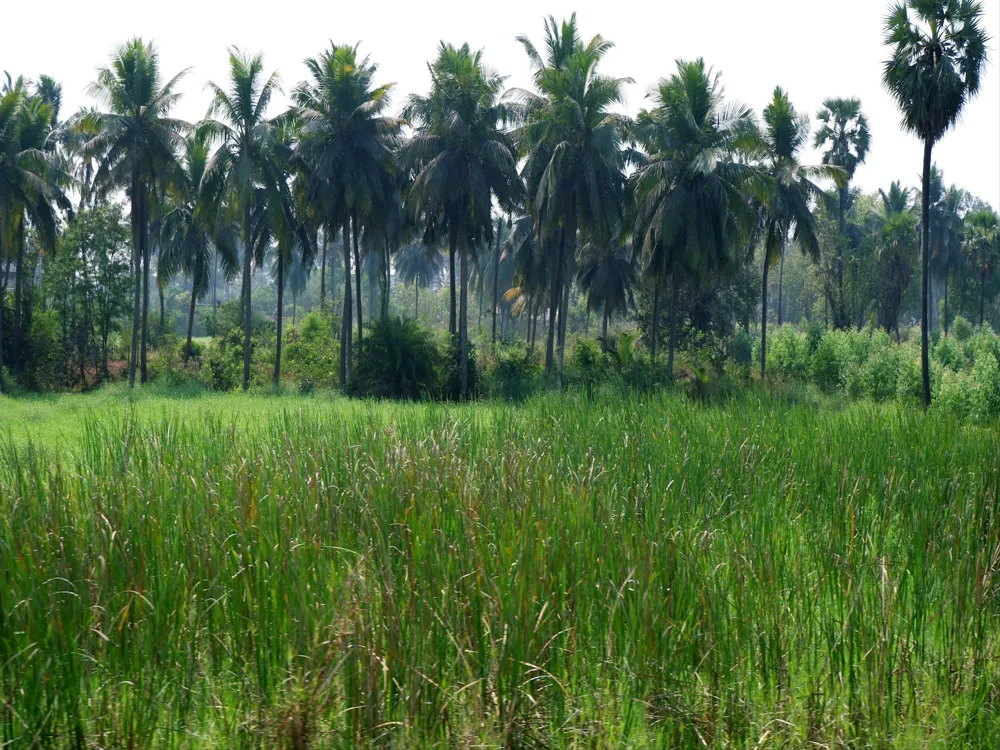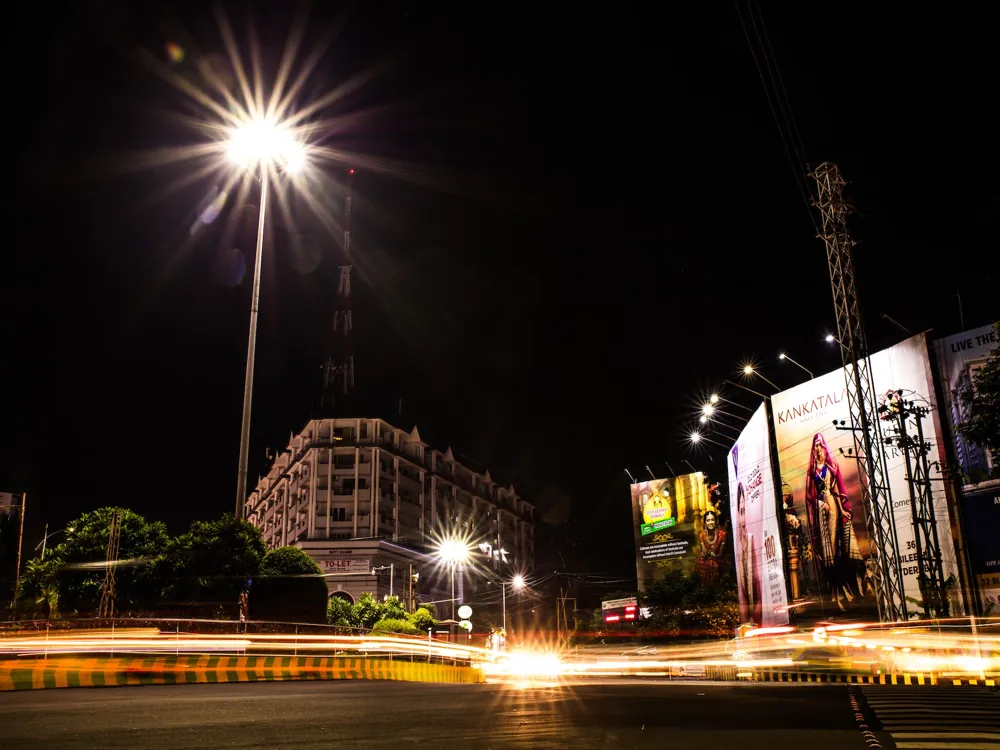Bhadrachalam, a serene town in Telangana, India, is steeped in mythological significance and historical grandeur. Nestled on the banks of the Godavari River, this town is most famous for its Sri Sita Ramachandraswamy temple, which is a significant pilgrimage site for Hindus. The town's name, Bhadrachalam, is derived from Bhadragiri (Mountain of Bhadra - a boon child of Meru and Menaka). According to the Ramayana, Lord Rama, along with his consort Sita and brother Lakshmana, visited Bhadrachalam during their exile in the Dandakaranya forest. The town is not just a spiritual center but also a confluence of history and culture, attracting thousands of devotees and tourists every year.
The architecture of Bhadrachalam is predominantly influenced by the Vijayanagara style, evident in the ornate carvings and expansive courtyards of the Sri Sita Ramachandraswamy temple. This temple stands as a testament to the architectural ingenuity of the 17th century. Its intricate carvings, towering gopurams (temple towers), and vibrant murals narrate tales from Indian mythology, particularly the Ramayana. The main temple complex is an architectural marvel, showcasing the skill and artistry of ancient Indian craftsmen. The temple's sanctum sanctorum houses the idols of Lord Rama, Sita, and Lakshmana, exquisitely carved out of a single block of black stone. The Kalyana Mandapam, another significant feature within the temple, is renowned for its 32 pillars, each depicting various forms of Vishnu, the preserver in the Hindu trinity.
One of the significant architectural features of Bhadrachalam temple is its towering Rajagopuram, standing majestically at the entrance. This gopuram, adorned with intricate sculptures and carvings, sets the spiritual tone for the devotees. Inside, the temple corridors, known as 'prakarams,' are lined with pillars that showcase exquisite craftsmanship. Each pillar tells a story from the Ramayana, bringing the epic to life. The Vendi Vakili (Silver Door), another architectural marvel, leads to the inner sanctum of the temple. This door, adorned with silver, portrays the fine artistic traditions of the region. The temple's architecture is not only a representation of its religious significance but also a mirror to the cultural richness of the region.
The blend of culture and architecture in Bhadrachalam is evident in its festivals and rituals. The most prominent is the Sri Rama Navami festival, commemorating the marriage of Lord Rama and Sita. During this festival, the entire temple is adorned with decorations, and the ritual of Kalyana Mahotsavam (celestial wedding) is performed with grandeur, attracting devotees from across the country. The temple's architecture plays a crucial role in these celebrations, with its spacious courtyards and halls accommodating thousands of devotees. The intricate carvings and paintings on the temple walls come alive during these festivals, creating an ambiance of devotion and cultural vibrancy.
The preservation of Bhadrachalam's architectural heritage is of utmost importance. The temple authorities, along with various heritage conservation bodies, are engaged in maintaining and restoring the ancient structures. This involves not just the physical restoration of buildings but also the preservation of the traditional art forms depicted in the temple's architecture. Efforts are made to ensure that any restoration work is in line with the original architectural style, thus retaining the historical and cultural essence of this magnificent temple.
The ideal time to visit Bhadrachalam is between October and March when the weather is pleasant. This period avoids the hot summer months and the monsoon season, making it comfortable for temple visits and sightseeing.
Visitors are advised to dress conservatively while visiting the temple. Traditional Indian attire is preferred. It's important to maintain silence within the temple premises and respect the customs and rituals performed.
Bhadrachalam offers a range of accommodation options from budget hotels to more comfortable lodgings. Many hotels are located near the temple, making it convenient for visitors.
The town offers a variety of local Telugu cuisine. Visitors can enjoy traditional dishes at local eateries, which are both affordable and offer a taste of the regional flavors.
Apart from the main temple, visitors can explore nearby attractions like the Parnasala, which is believed to be the place where Lord Rama built a hut during his exile. The Godavari river offers scenic boat rides, providing a different perspective of the town's serene beauty.
Bhadrachalam is well-connected by road and rail. The nearest railway station is in Kothagudem, about 40 km away. Regular bus services are available from major cities like Hyderabad, Vijayawada, and Visakhapatnam. For those preferring to drive, the town is accessible via well-maintained roads, offering a scenic journey through the countryside.
Overview of Bhadrachalam
Architecture of Bhadrachalam
Significant Architectural Features
Blend of Culture and Architecture
Preservation of the Architectural Heritage
Tips When Visiting Bhadrachalam
Best Time to Visit
Dress Code and Temple Etiquette
Accommodation Options
Local Cuisine and Dining
Nearby Attractions
How To Reach Bhadrachalam
Abhaya Anjaneya Swamy Temple
Bhadrachalam
Telangana
NaN onwards
View bhadrachalam Packages
Weather :
Tags : Temple
Time Required : 1 Hour
Entry Fee : INR 10 Per Person
Timings : Monday - Sunday: 5:30 AM to 12:00 PM and 5:00 PM to 9:00 PM
Constructed In : 1998
Planning a Trip? Ask Your Question
Bhadrachalam Travel Packages
View All Packages For Bhadrachalam
Top Hotel Collections for Bhadrachalam

Private Pool

Luxury Hotels

5-Star Hotels

Pet Friendly
Top Hotels Near Bhadrachalam
Other Top Ranking Places In Bhadrachalam
View All Places To Visit In bhadrachalam
View bhadrachalam Packages
Weather :
Tags : Temple
Time Required : 1 Hour
Entry Fee : INR 10 Per Person
Timings : Monday - Sunday: 5:30 AM to 12:00 PM and 5:00 PM to 9:00 PM
Constructed In : 1998
Planning a Trip? Ask Your Question
Bhadrachalam Travel Packages
View All Packages For Bhadrachalam
Top Hotel Collections for Bhadrachalam

Private Pool

Luxury Hotels

5-Star Hotels

Pet Friendly







